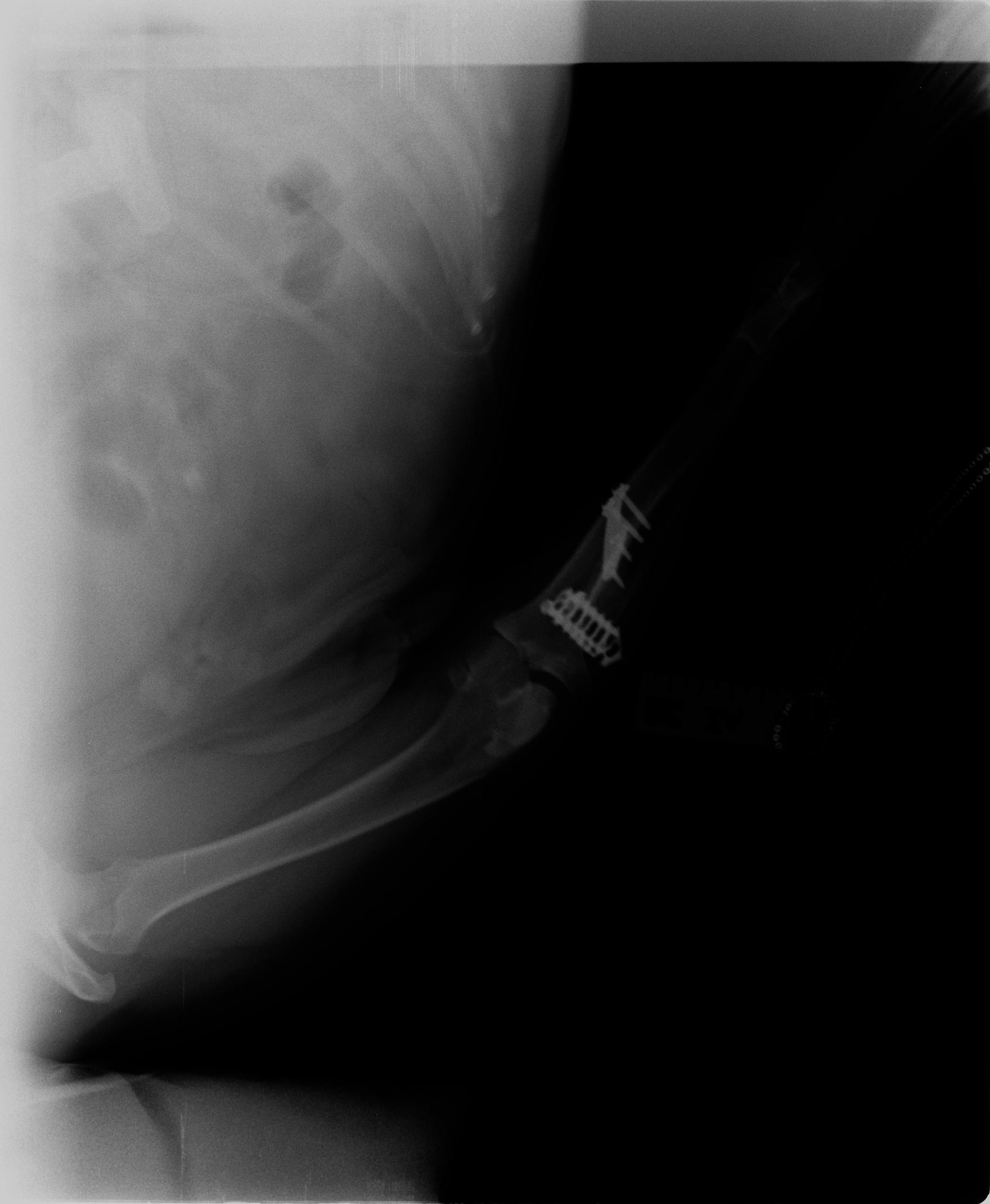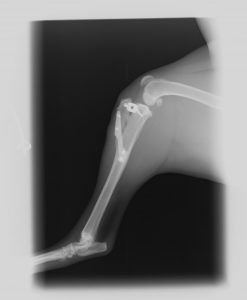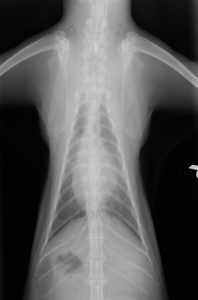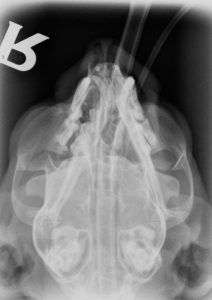X-Ray
Our Daleside Surgery in Birkdale and our Formby Surgery house our digital radiography machines.
An X-ray can be necessary in the treatment of your pet for many different reasons, you will be advised on this by your vet.
What is Radiography?
An X-ray (radiograph) test is a quick and painless method used to diagnose many health conditions. The procedure involves exposing part of your body to a small dose of ionising radiation (X-rays). The X-rays travel through your body where they are absorbed at different levels by different tissues such as bones, muscles and organs. When the X-rays come out on the other side of your body they hit a photographic film and make a pattern of light and shade. The images produced are black, white and grey.
What Happens When My Pet Has An X-ray?
In most cases, a general anaesthetic or heavy sedation is required to perform an accurate x-ray in animals. This is because most pets, however well behaved, will not sit completely still in the required positions to obtain high quality diagnostic x-rays. In some situations (for example a cat which has difficulty breathing), we may take a survey x-ray with the animal fully conscious to remove the additional risk associated with an anaesthetic in these cases.
Animals are not allowed to be manually restrained for x-ray under the guidelines set down by the Royal College of Veterinary Surgeons (RCVS) for health and safety reasons.
Once the x-ray has been taken it is developed in an x-ray processor. The final films can then be examined and evaluated.
Why Might My Pet Need An X-ray?
There are many reasons why your pet may need an x-ray at some point during his or her life. The most obvious reason would be after a trauma such as being in a road traffic accident where we want to check for any broken bones. Other reasons include:
- Bone x-rays to look for deformities, growth problems, infection, fractures and to plan fracture repairs
- Joint x-rays to look for damage, inflammation or arthritic changes
- Abdominal x-rays to look at the soft tissues and organs for signs of disease
- Chest x-rays to look for signs of heart or lung disease
- Dental x-rays




